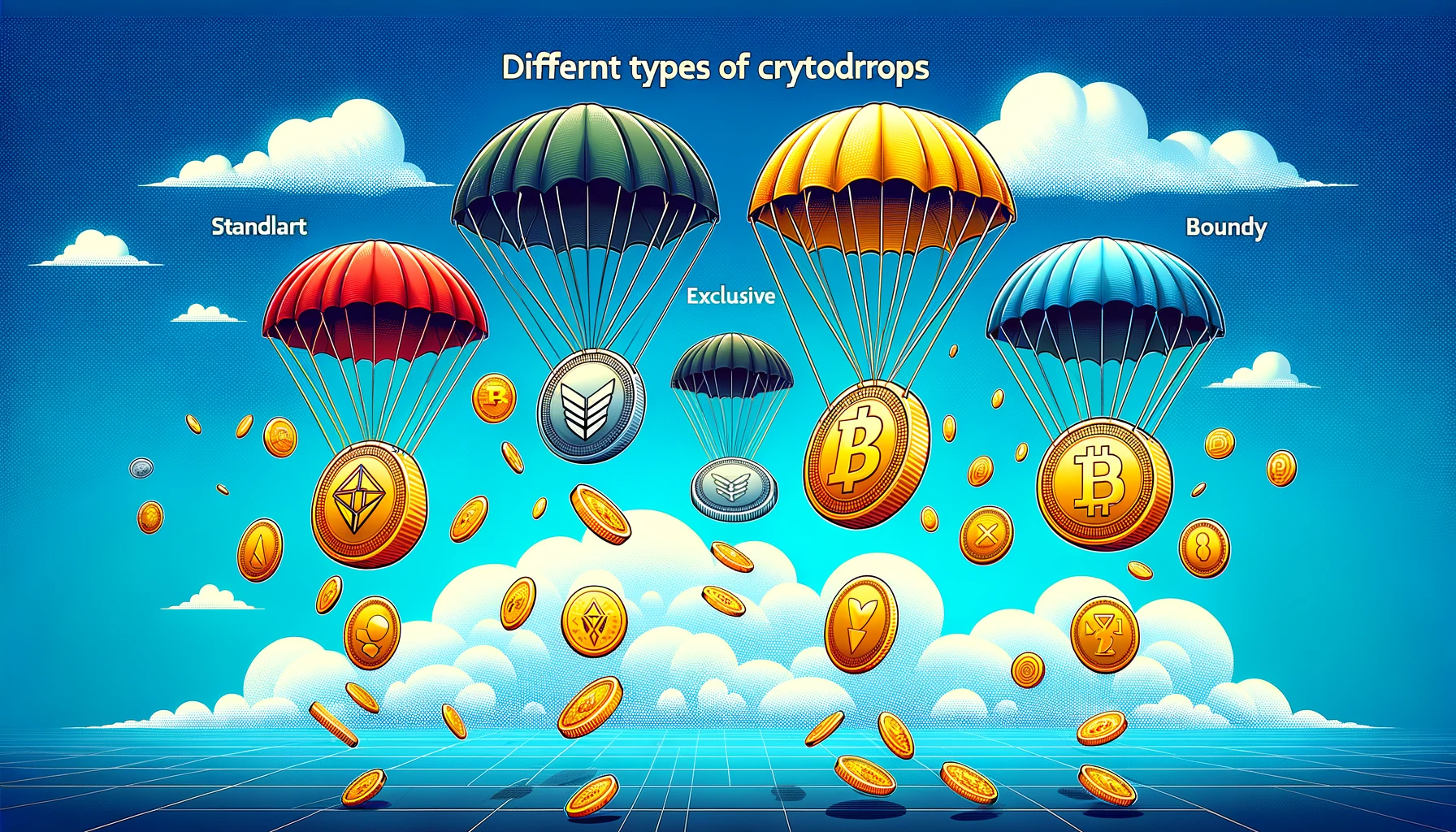Liquidity-based vs Transaction-based airdrops
All airdrops will fit into one or both of these types. Both have there advantages and disadvantages based on the time and funds you have available.
Liquidity-Based Airdrops
In liquidity-based airdrops, tokens are granted to users who provide liquidity to specific pools on decentralized exchanges (DEXs). These incentives are designed to ensure sufficient liquidity on financial platforms, crucial for reducing slippage and facilitating efficient trading. In simple terms, you deposit and don’t have to do anything after this. The problem is the airdrops are diluted by ever-increasing TVL by bigger accounts. This could mean I put $500 in but a whale moves in with $50,000 and my allocation falls massively.
An example is PARCL in which you deposit funds to the platform and then either deposit into the LP to earn points or set up a leverage position on a real estate market. The return was about 20 – 200% depending on when you started. Some others Jito, Eigenlayer, and Dymension.
My favourite one right now is sanctum where I have parked much of my spare Solana. While in theory it is a park and forget style they do have weekly quests which means the community has to stay active to maximise rewards and they have evolutions on the pets you earn gamifying it a lot!
Transaction-Based Airdrops
This airdrop type rewards users based on their transaction history with a protocol or service. Whether it’s the number of transactions or the total volume transacted, these airdrops encourage active participation in the network’s ecosystem. They are very time-intensive but often less cost-intensive, although they can be both. The problem is that airdrops are diluted by an ever-increasing wallet count and users climbing the leaderboard, hence excluding others that aren’t part of the top percentile.
An example very recently was Arbitrum. By using the network more and interacting with its features, even for a small cost you will have earned a very large airdrop worth much more than the time put into it. Some others are wormhole, Optimism, and Manta.
These are great for people starting out or with capital below $1000. Some very recent examples I have had success with are Sharky.fi where I made daily borrows and loans on the platform. Also Drift which is now in its season 2 where I made $1500 for making multiple leveraged trades a day with only $100. These are all tasks I had in the airdrop tracker with notifications.
Some free examples are GaiminIO in which I received over $100 for social tasks on twitter but many others reported gains of over $500 for very little effort. More recently I am engaged with many test nets with hopefully one being a goldmine.
Different categories of crypto airdrops
Holder Airdrops
Holder Airdrops are a reward system for users who already hold certain cryptocurrencies in which they receive another token for doing so. To qualify, individuals must usually hold a specific token in their wallet by a certain snapshot date. These airdrops reward long-term holders and encourage the holding of tokens, thus stabilizing the token price during volatile periods. The amount of the token you need to hold can depend on the qualifying factors the project that is dropping decides on. These are the simplest type of airdrop to participate in but the downside is they do require some money to afford the token. One of the most successful examples was Pyth. By holding a certain amount of Pyth you could have got drops of Wormhole, JUP, and many more.
Retroactive Airdrops
Retroactive airdrops are distributed to users who have interacted with a platform or protocol before a certain date, often as a surprise. They aim to reward early adopters and contributors, significantly impacting loyal users by providing unexpected gains as a token of appreciation. The key feature of a retroactive airdrop is that it is unknown that it is happening and no official airdrop campaign was launched.
Social Airdrops
Social airdrops leverage social media platforms and community participation. They often require users to perform tasks such as sharing posts, tagging friends, or joining a Telegram group, thus increasing the project’s visibility and community engagement. They are very often completely free and one of the best kinds of airdrops to start with. These are great for the project to increase visibility very fast. The problem is they can be very spammy and get your X account banned if tweeting too much. Some examples of successful socialfi airdrops are GaminIO and Portal.
There are also social airdrops that reward quality social posts such as Pacmoon and Friend.tech. These projects require you to make helpful, educational or engaging content that get impressions. Only then are these posts considered to be eligible for the project’s points campaign.
NFT Airdrops
NFT airdrops are simply campaigns made by NFT-related platforms that airdrop a token, not an NFT. These can be NFT marketplaces such as Tensor or Magic Eden. Alternatively, they can be NFT lending platforms such as Shark.fi or Rain.fi. These are often more niche airdrops with lower participation due to the nature of them, and often cost more to participate in. However, they can be very lucrative. Tensor saw a token drop of $1.8 with a minimum allocation of 420 tokens while Sharky.fi saw a token price of $1.5 early on.
GameFi Airdrops
GameFi airdrops target players within blockchain-based games. They pair very nicely with social airdrops and often have a social campaign as well. They are usually also free. By playing the game and performing quests you can normally earn some kind of points and move up the leader board. You can be rewarded with in-game assets or tokens. These airdrops aim to increase player engagement and investment in the game’s ecosystem.
Bridge Airdrops
Bridge airdrops involve using one of the many crypto bridges which allow you to transfer funds from one blockchain to another. This could be from Solana to Ethereum or between layer 2s in an EVM wallet such as Optimism to Arbitrum. The reason they have their own category is because their is a decent number of them right now with campaigns and the way you interact with them is different that many other types.
From bridges you need funds to use for the “gas fees” when transferring. Normally, when making transactions you will gain some points or level up depending on the system that platform uses. This is more of an ICO style airdrop and rewards for activity. An active example right now is debridge airdrop.
Testnet Airdrops
Testnet airdrops are a free airdrop method in which you sign up to the testnet and help stress test the network by getting free tokens, testing transactions, and interacting with all the features they mention. There may also be elements of socialfi or gamefi in there too, it can be a combination of all kinds. These are very hit or miss with some paying out extremely highly and others getting nothing at all.
Emerging Trends in Airdrops
Innovations in airdrop strategies can be seen in projects incorporating more engagement-based qualifications to ensure a fair distribution and increase in user base loyalty.
Risks and Precautions
While airdrops can be lucrative, they are not without risks. Common issues include scams and exploits. It’s crucial to research thoroughly, use trusted wallets, and never share private keys.
How to Find Airdrops
Discovering upcoming airdrops involves staying active in the crypto community, using platforms like our Discord and search system on our airdrops homepage. You can also utilise the airdrop tracker.





